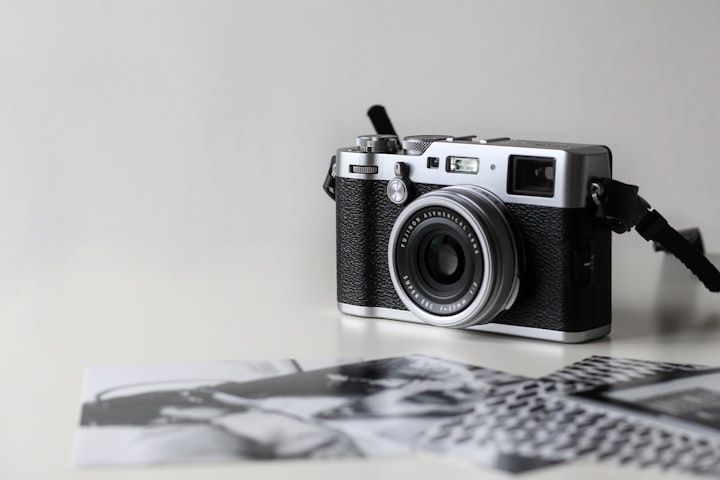
The composition is essential. It is one of the most crucial aspects of photography if you want to capture impactful pictures. Nevertheless, many aspiring photographers learn about the rule of thirds initially and never delve deeper into the subject of picture composition. The good news is that you can — and should — learn more about composition. Let us discuss composition tips while taking Cameras & Photo.
What is Composition?
A photograph's composition is its overall framework. An image can succeed or fail depending on how you position its components to give it the desired appearance. You still need to properly compose the photo if you come upon an appealing subject, regardless of how fantastic the lighting is or how strange the circumstances are.
Elements of Composition
1. Points, Lines & Shape
These are the compositional elements at their most basic. Everything in your image comprises points, lines, and forms, including your subject, the background, and insignificant elements. Naturally, some of them are extremely sophisticated. A face or a tree is not a basic object. Yet, they still have a shape and can contribute to the composition of an image. In addition to the individual components in a photograph, there is also their relationship. When properly combined, certain photograph pieces are more powerful than the whole.
2. Intent
The big compositional trick is to use a variety of frameworks or templates for most of your photographs (which is what the rule of thirds suggests). Instead, it's crucial to choose your composition carefully.
The most crucial aspect of composition is intent. Nothing in the picture should be a coincidence. There must be a purpose for everything. Your images' quality will soar if you keep it in mind and put in the necessary effort in the field. As you will end up giving a snapshot more conscious thought, it is nearly impossible to avoid.

3. Simplicity
Each picture you take has an emotional message, which is the main reason you took the image in the first place. One of the best things you can do while taking photos is to consciously consider the emotional message and focus on how you want to communicate it. It is where simplicity's power shines through.
Simple photography means that nothing in it detracts from the image's emotional impact. Take off everything in the shot that isn't lovely if you're trying to communicate the impression of beauty in a landscape. Power lines, footsteps in the front, a piece of rubbish in the frame, and other things might fit this description.
Simplicity also applies to your composition in this case. Only give your audience a little information if you intend to take a disorganized and overpowering photo. Your image will be at its most potent when it completely tells the tale you want it to.
4. Balance
Balance is one of my critical considerations while putting a picture together. Balancing is relatively easy. Ask yourself how much attention each image component draws to get started. It is referred to as "visual weight." Bright things, intense colours, eyes, people, animals, great contrast, distinctive elements—anything that draws attention in the physical world—are objects with high degrees of visual weight. Determine if the visual weight is equally distributed throughout the frame or if one half of the image has more than the other (from left to right). A balanced image has elements that are generally even. If not, the image is out of balance. (Neither is inherently superior to the other.)
5. Breathing Space
When there are several focal points in a picture, you might want to give them some "breathing space" by placing them apart. A poor composition results from aspects of your photograph interfering with one another or the frame's margins.
Imagine a setting in which a few birds are flying through the air, and you are trying to get a photo of them all. The portion of the photograph where one bird crosses in front of another, however, will appear cluttered and unplanned. Instead, it's preferable if all of your subjects have some breathing room, both within each other and between the edges of your image.





Comments
There are no comments for this story
Be the first to respond and start the conversation.